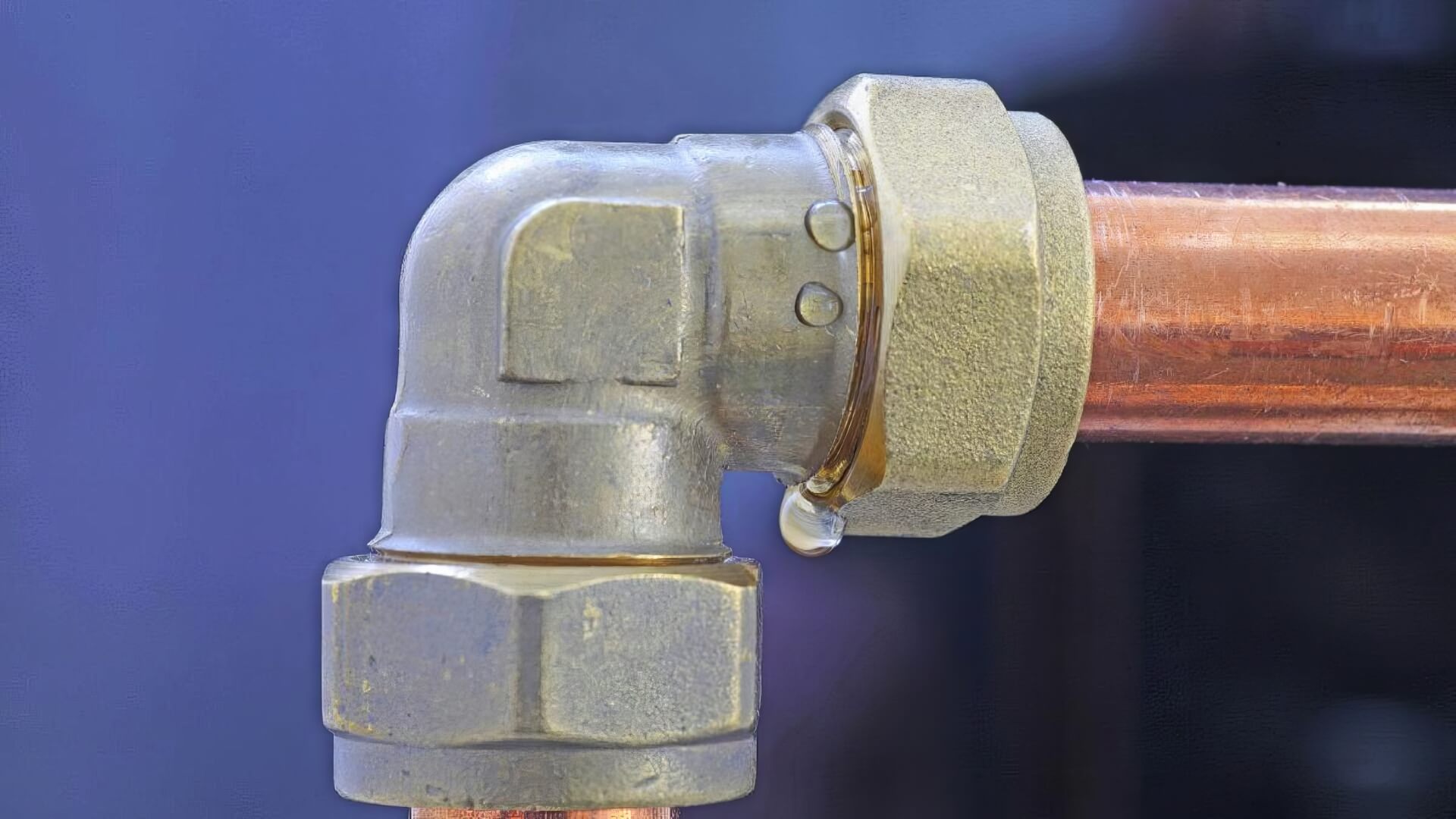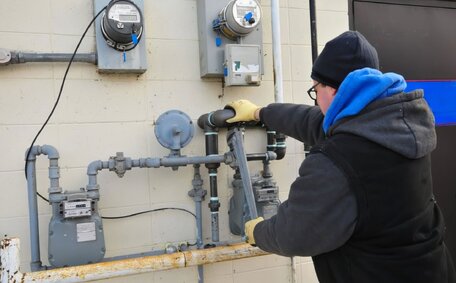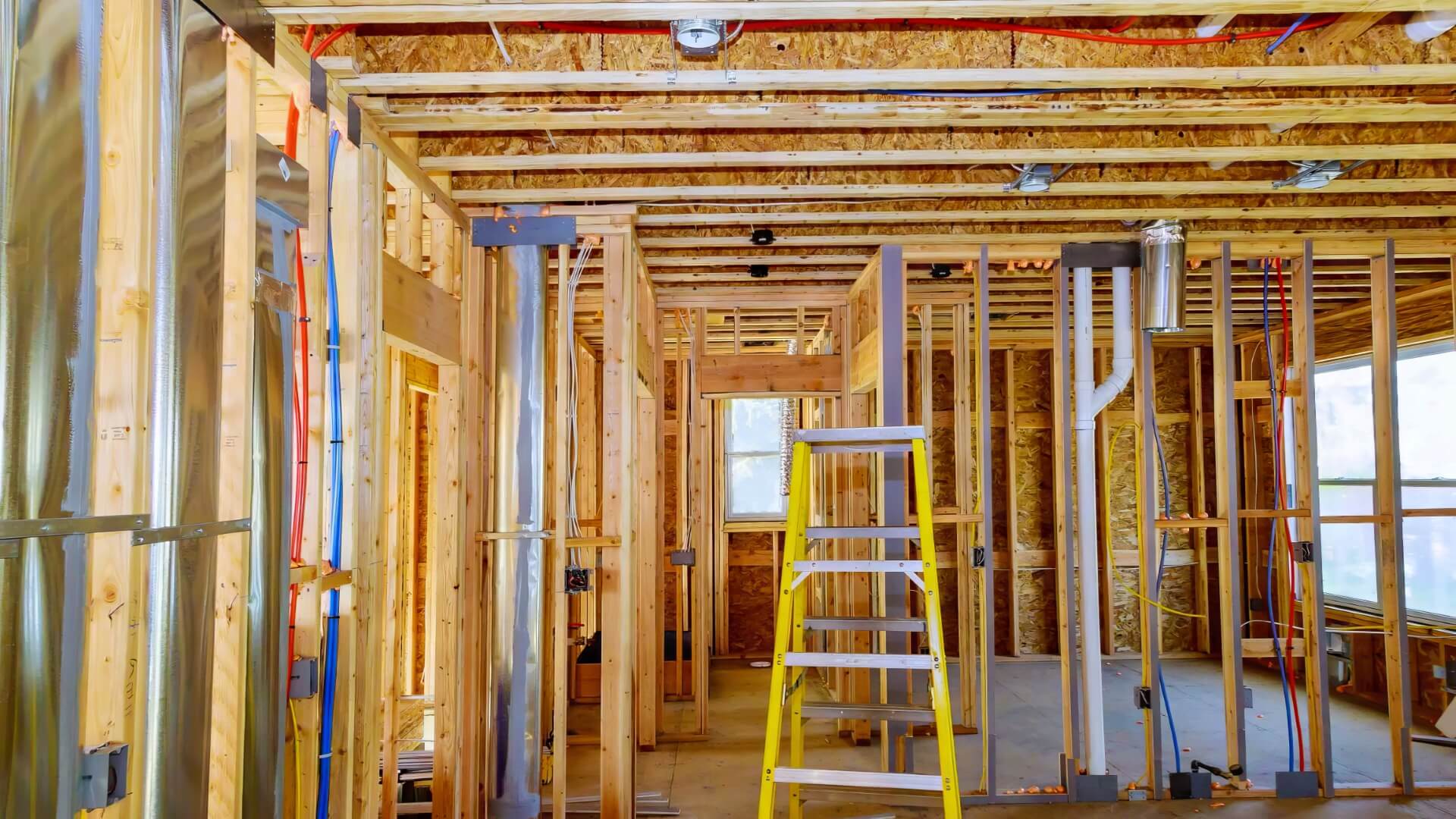Understanding Your Gas Water Heater Pilot Light
The pilot light is a small flame inside your gas water heater that ignites the main burner when hot water is needed. The pilot light must remain ignited at all times, heating the thermocouple or flame sensor, to signal the gas control valve to release gas to the main burner.
There are two main types of ignition systems in gas water heaters:
- Manual ignition - Requires lighting the pilot light by hand using a long lighter or match when turned off
- Electronic ignition - Features an igniter button that creates a spark to light the pilot when pressed
If your pilot light goes out, your water heater will cease to function correctly. Resumption of gas flow to the main burner is contingent on the pilot’s relighting, adhering strictly to the manufacturer’s instructions and safety guidelines.
Why Your Pilot Light May Go Out
There are several common reasons why your gas water heater’s pilot light may go out unexpectedly:
- Faulty thermocouple - The thermocouple senses the pilot flame. If it malfunctions, the gas control valve shuts off the gas supply.
- Strong drafts - Gusts of wind or fans blowing near the water heater can blow out the pilot light flame.
- Problems with the gas line - Temporary interruptions in the gas supply, a blocked gas line, or issues with the gas control valve can cause the pilot light to go out.
- Burner chamber issues - Build up of dust, lint or spider webs in the burner chamber can prevent the pilot flame from reaching the thermocouple.
Determining why your pilot light extinguished is essential for relighting it correctly and preventing future occurrences. Always follow manufacturer’s instructions.
Safety First: Precautions Before Relighting
Prior to relighting your gas water heater’s pilot light, it’s critical to follow key safety precautions:
- Make sure there are no flammable vapours or fumes present near the water heater. Even minimal amounts of vapours can ignite or cause an explosion.
- Turn the gas control valve to off. Wait five minutes for any residual gas to dissipate before relighting the pilot.
- Carefully read and follow the manufacturer’s instructions on how to light pilot safely. These provide model-specific guidance tailored for your unit.
- Wear safety glasses to shield your eyes during the light pilot process.
- Make sure you have good ventilation in the area and that any fans or strong drafts blowing near your water heater are turned off.
Ensure other safety components, such as overflow drains or temperature release valves, are operating properly before relighting the pilot to mitigate injury or accidents.
Locating and Accessing the Pilot Light Assembly
The pilot light assembly’s location differs among models, generally situated at the base of the burner chamber. Begin by locating the gas control valve that modulates gas flow, and remove any covering access panel to unveil the pilot light.
- Carefully remove any cover panel at the base using a screwdriver. This provides access to the gas control valve and pilot light components.
- Find the gas supply line leading to the burner chamber and follow it to locate the gas control valve and pilot light assembly.
- The pilot light is a small tube bent at a right angle to direct the flame towards the thermocouple sensor. It is connected to the gas control valve.
- The thermocouple extends into the burner chamber near the main burner. This junction of the pilot flame and thermocouple is crucial for a properly operating pilot light.
Familiarising yourself with the location of the pilot light ensures smooth and safe procedures to light pilot in your specific model. Always cross-reference with the manufacturer’s instructions.
Step-By-Step Guide to Manually Relighting the Pilot
Follow these detailed instructions for manually lighting the pilot light in your gas water heater:
- Identify the pilot light assembly following the location instructions provided earlier. Identify the gas control knob which should be labelled "PILOT" and "ON".
- Turn the gas control knob clockwise to the "PILOT" position. Depress the knob and hold for 60 seconds to purge the gas line of air.
- With the control knob still depressed, use a long barbecue lighter or match to carefully ignite the pilot flame. Ensure it engulfs the thermocouple tip.
- Continue holding the gas control knob inwards for 30 seconds after lighting to allow the thermocouple to heat up before releasing.
- If the pilot flame remains lit, turn the gas control knob counter clockwise to "ON". It should lock into place. The main burner will ignite shortly after.
- If the flame goes out, repeat steps 2-4. Several attempts may be needed until all air leaves the line.
- After relighting, regularly check your water heater for potential causes of pilot light malfunction.
Always refer back to the manufacturer’s instructions for your specific model when relighting the pilot. Follow all safety precautions and ensure proper ventilation.
Relighting Pilots with Electronic Ignition
Water heaters with electronic ignition use an igniter button instead of manual lighting. To relight the pilot, follow these steps:
- Locate the igniter button near the gas control valve. It may be labelled with a lightning bolt or "IGN".
- Set the gas control knob to the "PILOT" setting. Hold down the igniter button for approximately 90 seconds.
- A spark should appear in the pilot light assembly, accompanied by the sound of the pilot flame igniting.
- Continue pressing the igniter for 30 seconds after the pilot is lit to allow the thermocouple to fully heat.
- Let go of the igniter and rotate the gas control knob to "ON", securing it upon successful lighting.
- If the flame goes out after releasing, repeat steps 2-4 until fully relit.
Most issues with electronic systems occur from an absence of spark when lighting the pilot. Check that:
- The igniter wiring is not damaged and is properly connected.
- There is no moisture or debris inside the igniter assembly.
Consult the manufacturer’s guidelines for model-specific advice on troubleshooting electronic pilot light issues.
Troubleshooting Issues Relighting the Pilot
You may encounter some trouble getting your pilot light to properly relight even after carefully following the step-by-step instructions. Consider these common issues and potential solutions:
- Pilot won’t stay lit: Should the flame extinguish straight after releasing the gas control knob, air may still be present in the gas line. Retry the lighting 2-3 times, permitting extended heating for the thermocouple.
- Weak pilot flame: Clear the pilot light assembly of any dust or lint obstruction, then adjust the pilot light’s screw to enhance gas flow.
- Pilot flame present but no ignition: Mineral buildup might block the main burner. Clean with an authorised solvent or replace a defective pilot assembly.
Should the pilot persistently malfunction after several relighting attempts and troubleshooting steps, immediately seek a licensed gas fitter. Persistent problems left unattended can lead to dangerous gas leaks or explosions.
When to Call a Professional for Pilot Light Help
If you have carefully followed all manufacturer instructions and safety precautions but are still unable to successfully relight your gas water heater’s pilot light, it is wise to call a professional for assistance.
A licenced plumber or gas fitter has the expertise to fully diagnose and resolve ongoing pilot light issues you may be experiencing. They can identify faults in thermocouples, valves, igniters or ventilation while ensuring gas appliances operate safely.
If you need professional assistance, reach out to Beecroft Plumbing on 1300 349 338 or via jobs@beecroftplumbingservices.com.au for issues including:
- The pilot light repeatedly goes out after relighting
- There are problems with gas flow or you smell gas
- Ignition systems are damaged or faulty
- The water heater makes unusual noises during operation
Our fully-qualified plumbers can meticulously inspect and resolve difficulties with the pilot light, boasting familiarity across a spectrum of gas water heater brands and models.
Trust Beecroft Plumbing for dependable and safe support in relighting a stubborn pilot light or resolving related issues, ensuring your hot water system functions smoothly.






